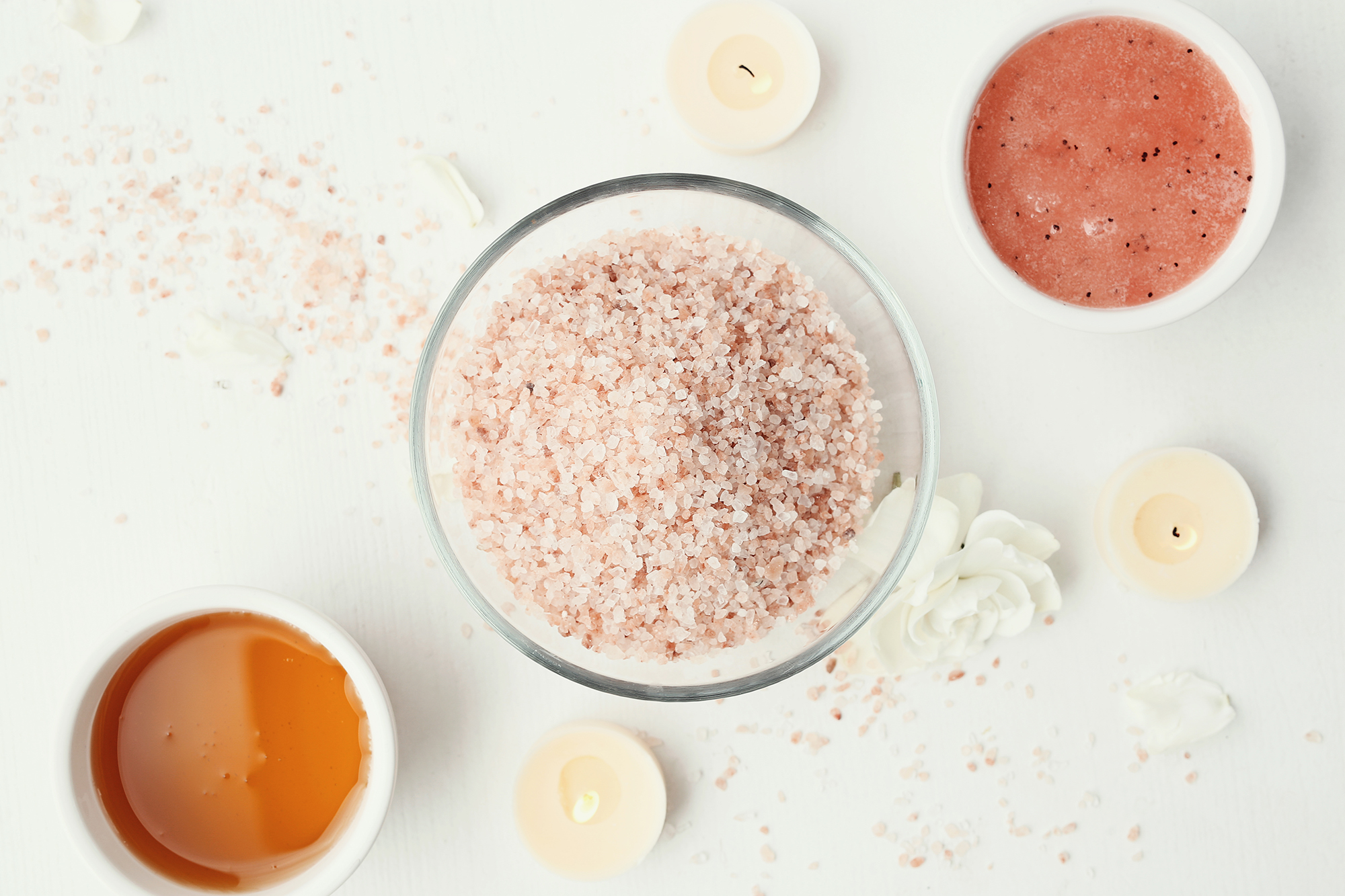Are cosmetics a source of microplastics?

The material characteristics of plastics, especially their light weight, durability, and corrosion resistance, account for their widespread use in industry and in daily life. However, the extensive use, high-level production, rapid disposal, and recalcitrance to degradation of plastics have resulted in their large-scale release into aquatic and terrestrial environments, where they will persist for centuries. The primary microplastics, those that arise as such, compared to the secondary ones deriving from the environmental fragmentation of larger plastics, are mainly due to their use in personal care and cosmetic products. These, called microbeads, constitute a low percentage of the microplastics globally found in the environment, but given the figures, very relevant.
The main problem related to the presence of microbeads in the environment is their size (less than 0.8 mm, but mainly less than 0.1 mm). In fact, they can be ingested by many organisms, often at the base of the trophic chains. Microplastics have been found in the faeces of people from 8 countries, indicating that microplastics are widely dispersed over various regions. It is known that when they remain in the stomach and lungs, they can cause multiple problems in these organs. Moreover, microbeads, like other microplastics, can be trapped in the stomach, damaging the organisms that ingest them, and can be transferred to higher trophic levels, moving up the food chain. In addition, plastics consist of about 4% of chemical additives (phthalates and bisphenol A) and can adsorb toxic contaminants (Polychlorinated biphenyls (PCBs), pesticides, Polycyclic aromatic hydrocarbons (PAHs), dioxins, perfluorinated alkylated compounds, synthetic musks, metals, etc.) from surrounding environmental media conveying these chemicals within organisms, including humans. A threat related to the contamination by microplastics, therefore, is also represented by the fact that they constitute a potential additional source of exposure to compounds with high toxicity and endocrine-disrupting effects.
Personal care and cosmetic products such as perfumes, toothpaste, shaving foam and scrubs usually contain mixtures of microbeads of different sizes. These particles are often irregularly shaped and are agglutinated together to form larger masses. Around 4130 tonnes of microbeads per year are used in cosmetics in EU countries and Switzerland. An average of 209.7 trillion (306.9 tons) are emitted in the aquatic environment in mainland China.
In the marine environment, the damage caused by these particles smaller than 5 mm in size is immense. A study concluded that microplastics affect photosynthetic processes, and the growth of microalgae, and they accumulate along the food chain, as they are easily ingested and/or absorbed. It is important to note that marine microbiota account for about 55% of the oxygen produced on the planet and a possible harmful effect of microplastics on these organisms could have global effects on the entire composition of the biosphere, in particular the atmospheric chemical composition.
The main sources of microplastic pollution are uncontrolled processes, such as abrasion and degradation of larger plastic products, i.e. secondary microplastics. Although primary microplastics originating from cosmetic products represent only a small fraction of the estimated overall environmental microplastics load, the impact caused is far from being negligible.
The microplastics banned until now are those contained in rinse-off cosmetics, these represent the major fraction. Still, other types of microplastics, such as glitters, for example, remain in the leave-on cosmetics, evoking the need for future monitoring and restrictions.
Finally, as regards the monitoring of the presence of microplastics in cosmetics and in the environment, a harmonization of the methods, as well as of the expression of the results, is needed in order to be able to compare different studies and use them as instruments to improve the actual regulation.
Written in collaboration with students Sofia Antunes (Faculty of Pharmacy, University of Coimbra) and João Magalhães (Faculty of Pharmacy, University of Porto) within the scope of the Summer Internship program.
References
Guerranti, C., Martellini, T., Perra, G., Scopetani, C., & Cincinelli, A. (2019). Microplastics in cosmetics: Environmental issues and needs for global bans. Environmental Toxicology and Pharmacology, 68, 75–79. https://doi.org/10.1016/j.etap.2019.03.007
Xu, S., Ma, J., Ji, R., Pan, K., & Miao, A.-J. (2020). Microplastics in aquatic environments: Occurrence, accumulation, and biological effects. Science of The Total Environment, 703, 134699. https://doi.org/10.1016/j.scitotenv.2019.134699
Sascha B. Sjollema, Paula Redondo-Hasselerharm, Heather A. Leslie, Michiel H.S. Kraak, A. Dick Vethaak(2016). Do plastic particles affect microalgal photosynthesis and growth? .Aquatic Toxicology, 170, 259-261.https://doi.org/10.1016/j.aquatox.2015.12.002
CARRINGTON, Damian. Microplastic particles now discoverable in human organs. The Guardian.
MEDICAL UNIVERSITY OF VIENNA. Microplastics detected in humans for the first time.
![[Logo Cosmedesk]](/media/ljbbhnk4/logo-cosmedesk.svg)